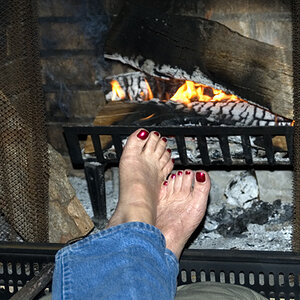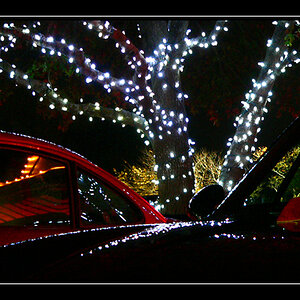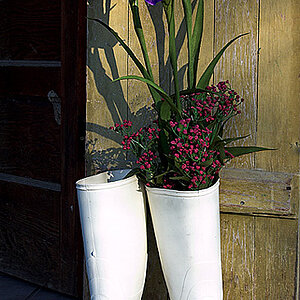pete1606
TPF Noob!
- Joined
- Dec 16, 2007
- Messages
- 78
- Reaction score
- 0
- Location
- NYC
- Website
- www.pbase.com
- Can others edit my Photos
- Photos OK to edit
For the past few years I have developed my 220 film at school. I was wondering how I can dry them at home as I would like devlope my film at home


![[No title]](/data/xfmg/thumbnail/39/39501-c3f6a664311b0a3868b613f963809fb1.jpg?1619739058)
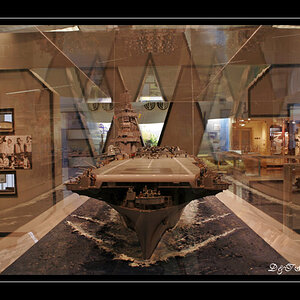


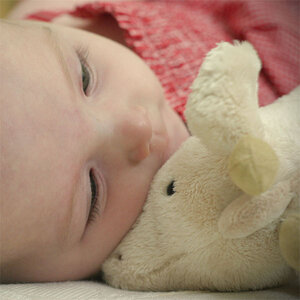

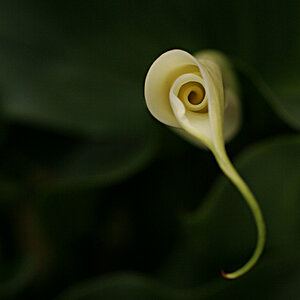
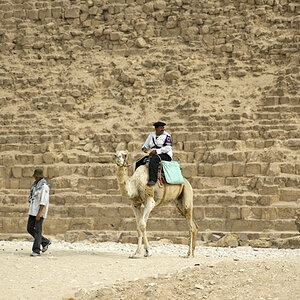
![[No title]](/data/xfmg/thumbnail/33/33490-cbbf9df0a1c31291ee7a3759afe943cc.jpg?1619736003)
